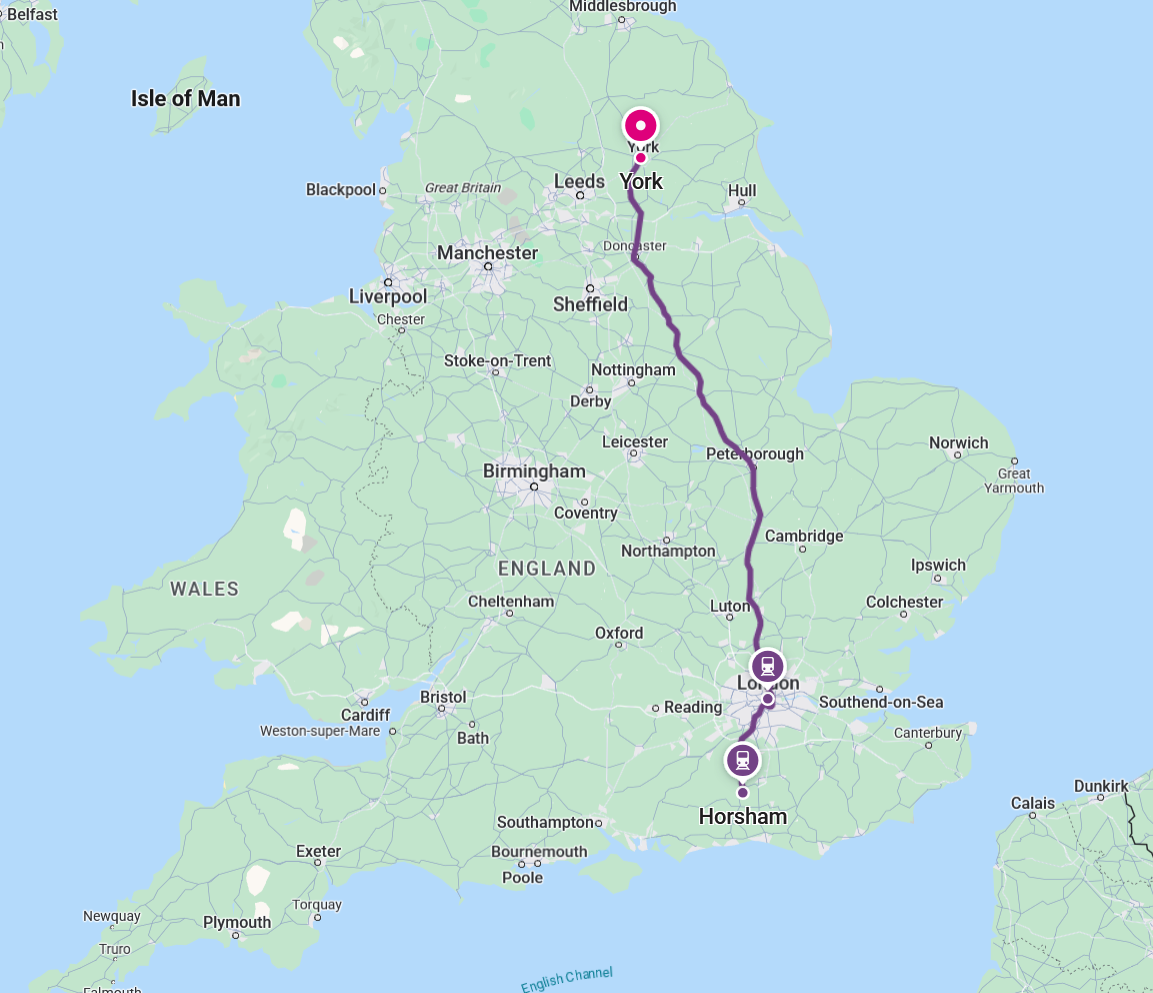About
York is a cathedral city in North Yorkshire, England, with Roman origins, sited at the confluence of the rivers Ouse and Foss. It is the county town of Yorkshire. The city has many historic buildings and other structures, such as a minster, castle, and city walls. It is the largest settlement and the administrative centre of the wider City of York district.
The city was founded under the name of Eboracum in 71 AD. It then became the capital of the Roman province of Britannia Inferior, and later of the kingdoms of Deira, Northumbria, and Scandinavian York. In the Middle Ages, it became the northern England ecclesiastical province's centre, and grew as a wool-trading centre.[2] In the 19th century, it became a major railway network hub and confectionery manufacturing centre. In the Second World War, part of the Baedeker Blitz bombed the city. Although York was less targeted during the war than other, more industrialised northern cities, several historic buildings were gutted and restoration took place up until the 1960s.
Archaeological evidence suggests that Mesolithic people settled in the region of York between 8000 and 7000 BC, although it is not known whether their settlements were permanent or temporary. By the time of the Roman conquest of Britain, the area was occupied by a tribe known to the Romans as the Brigantes. The Brigantian tribal area initially became a Roman client state, but later its leaders became more hostile and the Roman Ninth Legion was sent north of the Humber into Brigantian territory.
The city was founded in 71 AD, when the Ninth Legion conquered the Brigantes and constructed a wooden military fortress on flat ground above the River Ouse close to its confluence with the River Foss. The fortress, whose walls were rebuilt in stone by the VI legion based there subsequent to the IX legion, covered an area of 50 acres (20 ha) and was inhabited by 6,000 legionary soldiers. The site of the principia (HQ) of the fortress lies under the foundations of York Minster, and excavations in the undercroft have revealed part of the Roman structure and columns.
The Emperors Hadrian, Septimius Severus, and Constantius I all held court in York during their various campaigns. During his stay 207–211 AD, the Emperor Severus proclaimed York capital of the province of Britannia Inferior, and it is likely that it was he who granted York the privileges of a 'colonia' or city. Constantius I died in 306 AD during his stay in York, and his son Constantine the Great was proclaimed Emperor by the troops based in the fortress. In 314 AD a bishop from York attended the Council at Arles to represent Christians from the province.
en.wikipedia.org

























